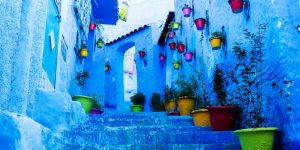Marrakech: Best City Of Central Morocco
The Top Things To Do In Marrakech Morocco Highlight:
Best of Marrakech is a fantastic city that first comes to mind when you think of Morocco. No trip to Morocco is complete without a visit to this city. Let us take a look at what drives everyone to Marrakech. The name probably has been derived from Berber words ‘ mur(n) akush ‘ which means the land of god. Till a few decades ago, the Arabs, Persians, and Europeans, called Morocco the Kingdom of Marrakech. It was founded in the 11th century and was the capital of an empire that stretched from Spain to Senegal. tour from marrakech, tour from marrakech
Marrakech is the second largest city of Morocco and is known as the Red City. It has about 800,000 inhabitants and most of the houses are colored read. Marrakech MedinaIt is truly a colorful city of entertainment and is called the one of the pearls of morocco. It is the major economic center and has several upcoming industries and markets.tour from marrakech, tour from marrakech
It lies at the foot of the Atlas Mountains and this gives it a very beautiful location. Like many north African cities it is mainly divided into medina which is the old fortified city and a modern city nearby (called Gueliz). The city has a wonder climate with shimmering white snowy winters and warm humid summers. It is the warmth and the sociability of the inhabitants that is world-renowned.
Marrakesh Medina and the Bab Agnaou Gate
Bab Agnaou is one of the 19 gates of the Marrakech medina and dates from the 12th century. It gives entrance to the Royal Kasbah neighbourhood in the southern part of the Marrakech medina. Just around the corner from Bab Agnaou is the huge Kasbah Mosque and the Saadian Tombs. tour from marrakech, tour from marrakech
The name Agnaou, similar to Gnaoua, is from the Berber language and refers to black people. Historically it was also referred to as Bab al Khol, again, referring to black people. The black people in question are the sub-Saharan slaves who served the sultan. With a sumptuous stone decoration, its monumental urban architecture consists of 4 successive semi-circular arches, which seem to be superimposed on each other. This colossal architecture gives Bab Agnaou a role that is not only military, but also symbolic of power. Built in blue-grey sandstone from Gueliz, it is sculpted with geometric and floral motifs. A frieze, in kufic (angular) calligraphy, frames the set of verses from the Qur’an.
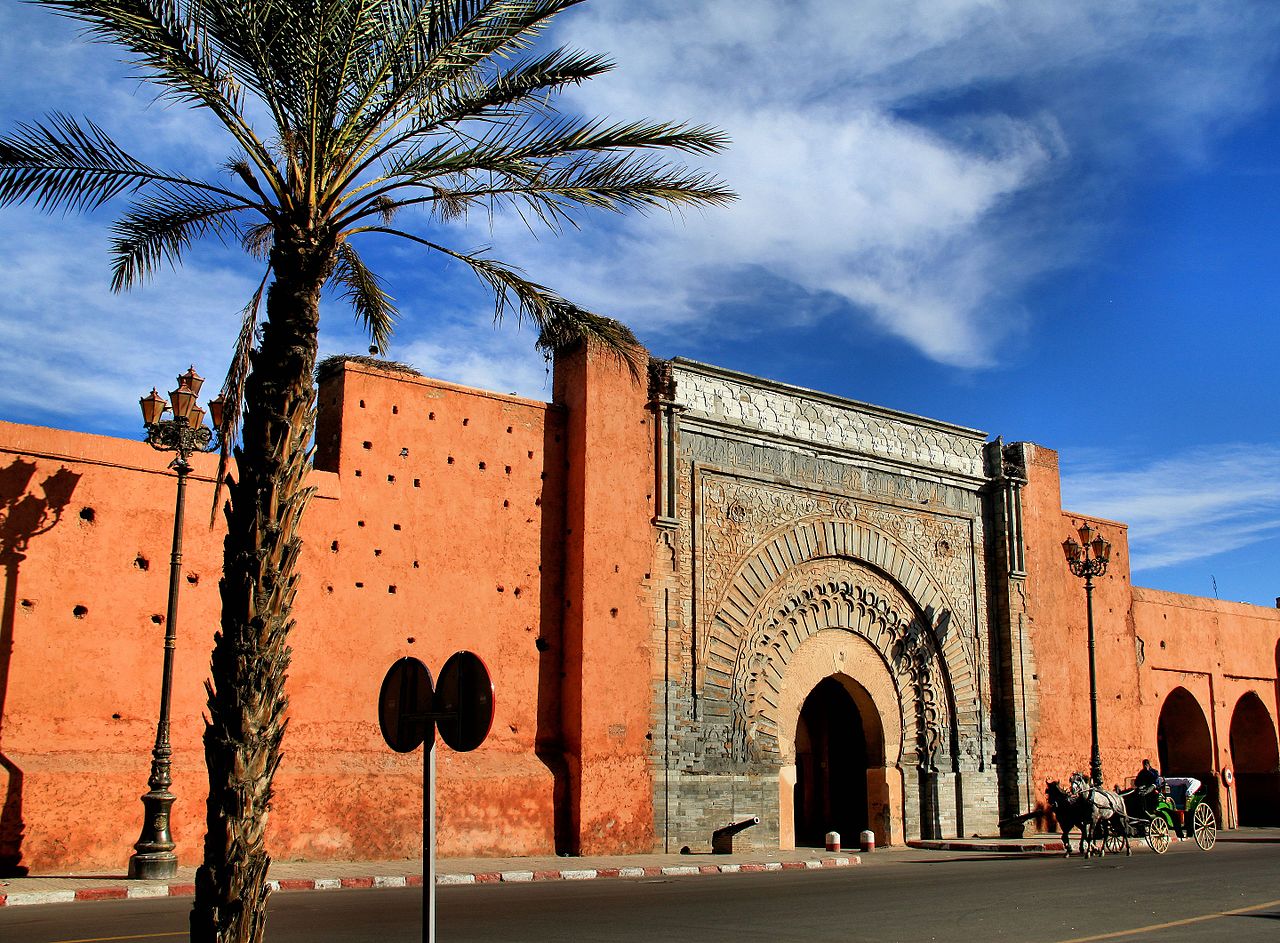
Jardin Majorelle
Marrakech is a Garden City. Many Gardens of marrakech are accessible for tourists willing to enjoy Palm Trees and Olive Trees plantations, but not only… You might be surprised by all the diversity of Plants. Also new Gardens are regularly created.
Majorelle Garden in Marrakech is one of the most famous in the city due to the celebrity of its 2 successive owners. In 1923 Jacques Majorelle bought a field near the Palmeraie of Marrakech where he built an imposing mansion, Villa Bou Saf Saf. Will also be built a Berber style tower, visible at the back of the garden.
It is in 1931 that Majorelle acquired adjoining land and built his studio in the style of a Cubist villa, which he painted in blue, and around which he created an exotic garden of impressionist style.
This is the most famous gardens in Marrakech. The painter Jacques Majorelle, son of the famous Art Nouveau artist Louis Majorelle Nancy, invents himself the famous Blue Majorelle color in 1937, intense and clear, which is found throughout the garden that brings together a collection of plants brought from all corners world: Cactus, yucca, lilies, bamboo … thrive alongside pools and elegant Art Deco villa.
In 1947, the maintenance costs of the garden forced Majorelle to open the garden to the public. His divorce in 1956 will force him to sell part of the property. But a serious car accident in 1955 will force him to sell all of its shares. This is after a second accident that he died in Paris a few years later in 1962.

Museums
Marrakesh is full of such enchanting museums. From the fantastic tile work and objects of the Dar si Said (pictured) to the Andalusian-style Dar Menebhi Palace that houses Marrakesh Museum filled with artwork, and the Maison de la Photographie that displays snapshots Moroccan life, there is something for everyone.
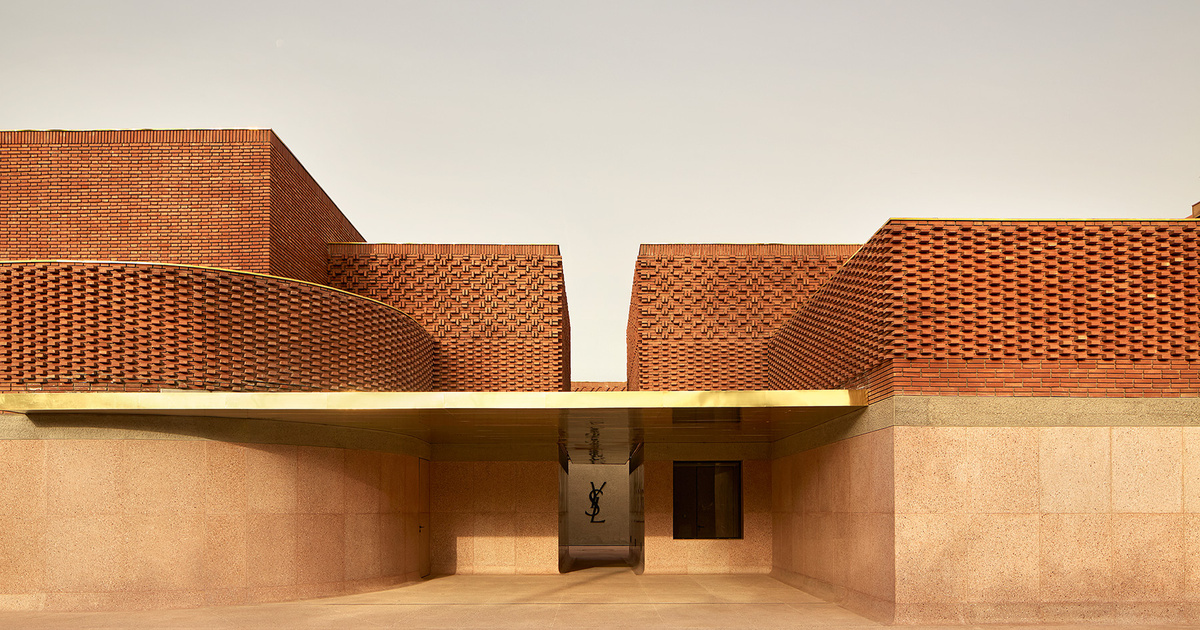
The Saadian Tombs
The Saadian tombs in Marrakech’s medina are the resting place of the former royal dynasty of Morocco, built in the 16th century by Sultan Ahmad al-Mansur they were lost for many years only to be rediscovered by archaeologists in 1917. Since then they have become an integral part of any culture or history fans visit to Marrakech. The tombs themselves are a collection of archways and small buildings housing the caskets of former rulers from the Saadi dynasty, this dynasty was so opulent and rich that they were in fact known as the golden Saadis, it is perhaps then no surprise that their tombs show such wonderful artwork and craftsmanship. Marrakech was indeed the capital of the Saadian sultanate and it is therefore unsurprising that their tombs should be located here, although Marrakesh is no longer the capital of Morocco one certainly gets a view on the historic importance of this city by visiting the tombs and a comprehension of their place in Morocco’s heritage.
The most famous room of the tombs is the 12 columned chamber and it is in this room that the grave of the Sultan Ahmad al-Mansur is believed to be buried. The tombs are very cheap to enter with a regular adult costing less than £1, this and the tombs proximity to the square Jemaa el Fna mean that for any true culture or history fan the tombs are a must.

Koutoubia Mosque
One of the landmarks of Marrakesh, the Koutoubia inspired Moorish buildings through Spain and Rabat. The Koutoubia Mosque is the largest mosque in Marrakech, Morocco. The mosque is also known by several other names, such as Jami ‘al-Kutubiyah, the Kotoubia mosque, the Kutubiya mosque, the Kutubiyyin mosque and the booksellers’ mosque. It is located in the southwest medina district of Marrakech. The mosque is decorated with curved windows, a ceramic strip, pointed merlons and decorative arches; it has a large square with gardens, and is lit at night. The 773-meter (253-foot) minaret includes an arrow and orbs. It was completed during the reign of the Berber Almohad Caliph Yaqub al-Mansour (1184-1199), and inspired other buildings such as the Giralda in Seville and the Hassan Tower in Rabat.

Menara Gardens
In order to irrigate the Menara Gardens, they used the traditional systems of bringing water to the surface of the earth (used especially in arid and semi-arid regions), and rely on the channels under the floor used to divert water from the ground and transport it to the surface of the earth. This way the water can be available for fields and houses.
The Royal building is consisted of two floors and is topped with a traditional pyramid shaped roof covered with green tiles, while the first floor is composed of four columns and high open space leads to a balcony overlooking the water pond. The second floor offers the best view to the pond and Garden.
The place becomes a very hot spot for people looking to enjoy the calm and remember the History of the good times.

Ben Youssef Madrasa
The Medersa was for more than four centuries a home for students in search of knowledge in various sciences, including theology. It had 132 rooms for non-Marrakesh students and could accommodate up to 900 students. Opposite the entrance door, on the other side of the rectangular basin, there is the prayer room made of three naves delimited by marble pillars supporting arches with carved facades of ornamental motifs. The central nave overlooks a small semicircular room whose opening is sumptuously decorated with floral and geometric motifs.

Hammams
Visiting a traditional hammam is one of the best things to do in Marrakesh. Involving a visit to the sauna followed by a relaxing massage and a dip in an ice-cold pool, it is sure to be an unforgettable experience. There are many excellent bathhouses throughout Marrakesh, including the Hammam Dar el-Bacha, the La Mamounia, the Kennaria Hammam, and the Royal Mansour.
.jpg&h=535&w=950&zc=1&q=100)
Jemaa el-Fnaa
The Jemaa el-Fna Square is one of the main cultural spaces in Marrakesh and has become one of the symbols of the city since its foundation in the eleventh century. It represents a unique concentration of popular Moroccan cultural traditions performed through musical, religious and artistic expressions.
Located at the entrance of the Medina, this triangular square, which is surrounded by restaurants, stands and public buildings, provides everyday commercial activities and various forms of entertainment. It is a meeting point for both the local population and people from elsewhere. All through the day, and well into the night, a variety of services are offered, such as dental care, traditional medicine, fortune-telling, preaching, and henna tattooing; water-carrying, fruit and traditional food may be bought. In addition, one can enjoy many performances by storytellers, poets, snake-charmers, Berber musicians (mazighen), Gnaoua dancers and senthir (hajouj) players. The oral expressions would be continually renewed by bards (imayazen), who used to travel through Berber territories. They continue to combine speech and gesture to teach, entertain and charm the audience. Adapting their art to contemporary contexts, they now improvise on an outline of an ancient text, making their recital accessible to a wider audience.

Bahia Palace
The Bahia Palace is a beautiful example of Marrakech architecture. Also called El Palais Bahia, it’s a must-see for photographers.
In the hustle and bustle of Marrakesh, you have this beautiful riad with incredibly beautiful tile and woodwork adorning its many rooms and courtyards.
Before heading to the Bahia Palace, I checked TripAdvisor and honestly, it was hard to tell if it would be worth it or not. A lot of people were like “boring” or “there is nothing inside” on their Tripadvisor review.
But I’m not sure what people expect to see inside. I mean, one person complained about there not being a cafe or a gift shop. Honestly people, you want a cafe inside a beautiful ornate palace? I’m *happy* to not be forced to exit through a tacky gift shop!
I mean, it’s not a grand building from the outside like one might expect from a european Palace. But it is absolutely a masterpiece of Moroccan and Islamic style, art and architecture.
Every room has a variety of intricate tile, woodwork, carvings, stained glass, archways, with gardens and fountains in courtyards as well.

TOUR FROM MARRAKECH
 Safe to Travel
Safe to Travel  Nature
Nature  Price Inclusive
Price Inclusive  Activities Optional
Activities Optional  Flexible bookings
Flexible bookings  Pick up & Drop Back
Pick up & Drop Back  Instant Confirmation
Instant Confirmation
BOOK THIS TOUR
Morocco Tours Packages
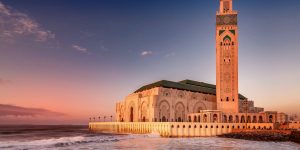
Marrakech Desert Tours
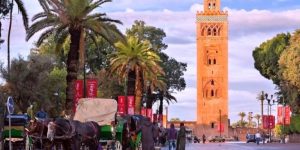
Fez Desert Tours Packages
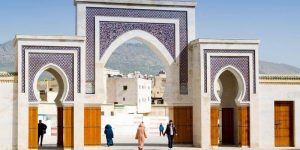
Sahara Desert Experience
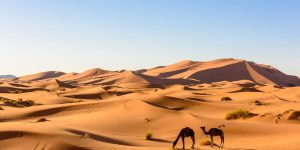
Marrakech Full Day Trip

Fez Full Day Trip Packages
